Click on images to enlarge
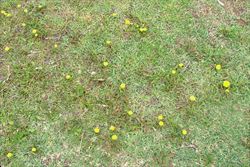
infestation growing in a lawn (Photo: Sheldon Navie)
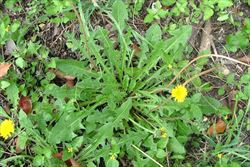
habit (Photo: Sheldon Navie)
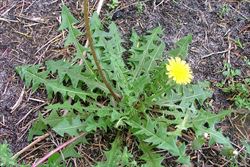
habit (Photo: Sheldon Navie)
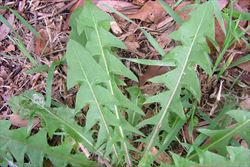
close of of leaves with backwards-pointing lobes (Photo: Sheldon Navie)
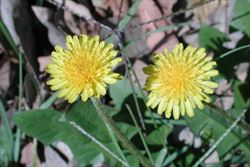
flower-heads borne singly on relatively thick stalks (Photo: Sheldon Navie)
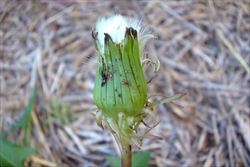
young seed-head with immature seeds enclosed in floral bracts (Photo: Sheldon Navie)
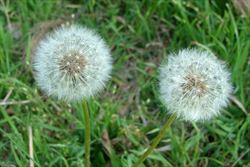
mature seed-heads (Photo: Sheldon Navie)
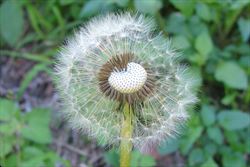
mature seeds, each topped with a long beak and ring of fulffy hairs (Photo: Sheldon Navie)
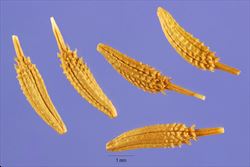
close-up of seeds with beak and hairs removed (Photo: Steve Hurst at USDA PLANTS Database)
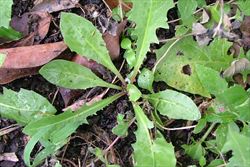
young plant (Photo: Sheldon Navie)
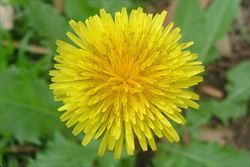
close-up of flower-head with numerous small 'petals' (Photo: Sheldon Navie)
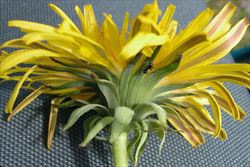
flower-head from side-on, showing the numerous 'petals' and floral bracts (Photo: Greg Jordan)
Scientific Name
Taraxacum officinale F.H. Wigg.
Family
Asteraceae (Queensland, New South Wales, the ACT, Victoria, Tasmania, Western Australia and the Northern Territory)Compositae (South Australia)
Common Names
alpine dandelion, arctic dandelion, blowball, bog dandelion, cankerwort, common dandelion, dandelion, door head clock, English dandelion, faceclock, garden dandelion, gowans, Irish daisy, lesser dandelion, lion's tooth, little marsh dandelion, milk witch, priest's crown, puffball, swine snout, swine's snout, time-table, wild endive, witch's gowan, yellow gowan
Origin
This species originated in Europe and western Asia (i.e. Eurasia).
Naturalised Distribution
widely naturalised in southern and eastern Australia (i.e. in eastern Queensland, many parts of New South Wales and South Australia, the ACT, Victoria, Tasmania and south-western Western Australia). Also naturalised in the southern parts of the Northern Territory, and Lord Howe Island and Norfolk Island.
Widely naturalised in other parts of the world, including most of North America.
Notes
Dandelion (Taraxacum officinale) is commonly a weed of habitation and agricultural areas, but also invades natural vegetation in the temperate regions of Australia. It is regarded as an environmental weed in Victoria, New South Wales, South Australia, Tasmania and Western Australia. This species is most problematic in alpine and sub-alpine vegetation in the cooler temperate regions of south-eastern Australia.

